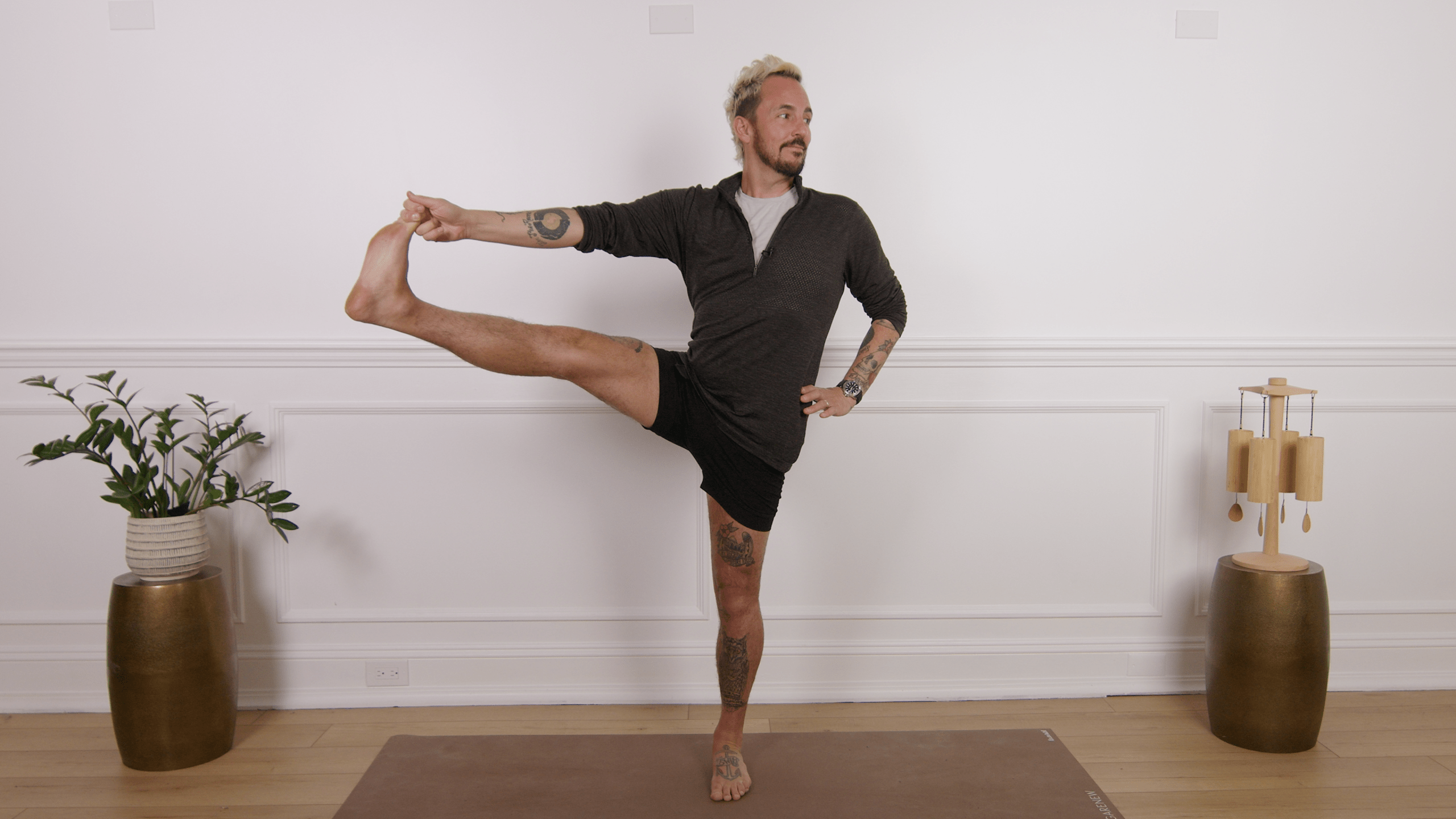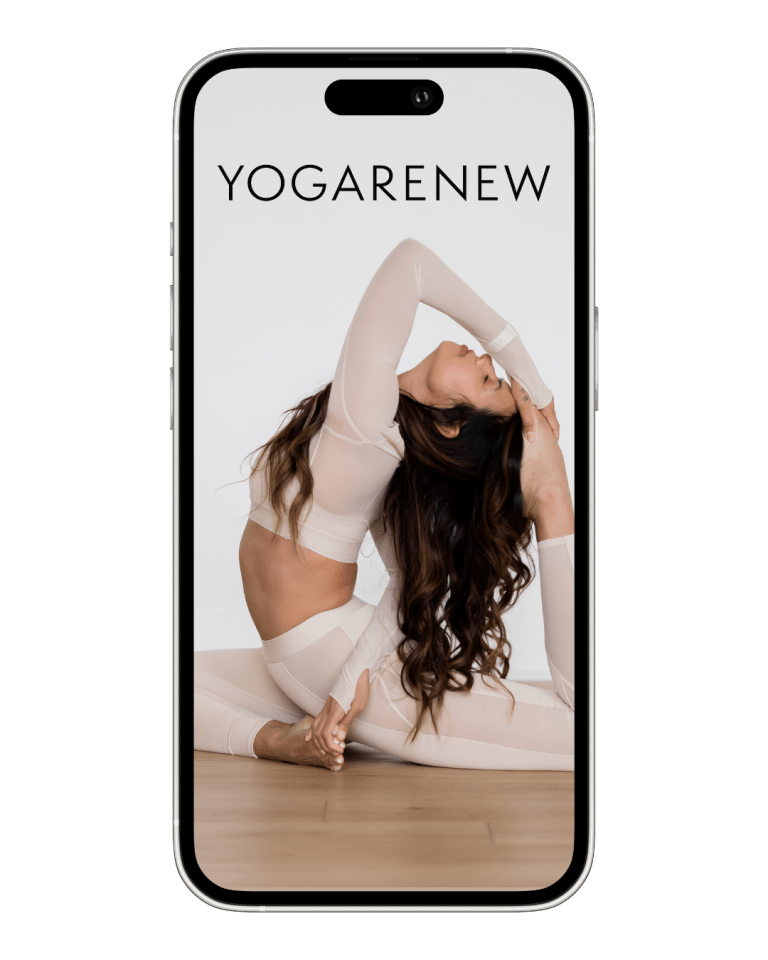What is Hand to Foot B?
English Name: Hand-to-Foot Pose B
Sanskrit Name: Uttitha Hasta Padangusthasana (pronounced oo-TEE-tah HAH-stah pah-dahn-goos-TAHS-uh-nuh)
Category: Standing Balance, Hamstring Stretch, Foundational

English Name: Hand-to-Foot Pose B
Sanskrit Name: Uttitha Hasta Padangusthasana (pronounced oo-TEE-tah HAH-stah pah-dahn-goos-TAHS-uh-nuh)
Category: Standing Balance, Hamstring Stretch, Foundational
Uttitha Hasta Padangusthasana, or Extended Hand-to-Big-Toe Pose, is a powerful standing balance posture that stretches the hamstrings, strengthens the standing leg, and challenges focus. In this pose, the practitioner lifts one leg and holds the big toe with the same-side hand while balancing on the opposite foot.
This variation—sometimes referred to as Hand-to-Foot Pose B in modern sequencing—combines flexibility, strength, and steadiness, offering a full-body experience that deepens with time and mindful repetition.
Uttitha Hasta Padangusthasana is a quintessential pose for cultivating balance, focus, and dynamic flexibility. It trains the body to move with steadiness and the mind to remain calm amid challenge. A beautiful metaphor for life’s balancing acts, this posture teaches patience, perseverance, and poise.
Whether used as a peak pose or a transition in a standing sequence, it provides tangible benefits for body awareness and long-term strength.
That’s completely normal. Keep the knee bent or use a strap—flexibility builds over time.
Both matter, but balance is key in this pose. Build strength and control first; flexibility will follow.
Yes, with mindful attention to your body’s signals. Daily practice builds strength and consistency.

Explore classes & pose tutorials for any style, format, duration or experience level with a free account in the YogaRenew app. Or subscribe and gain access to workshops, live classes and more.